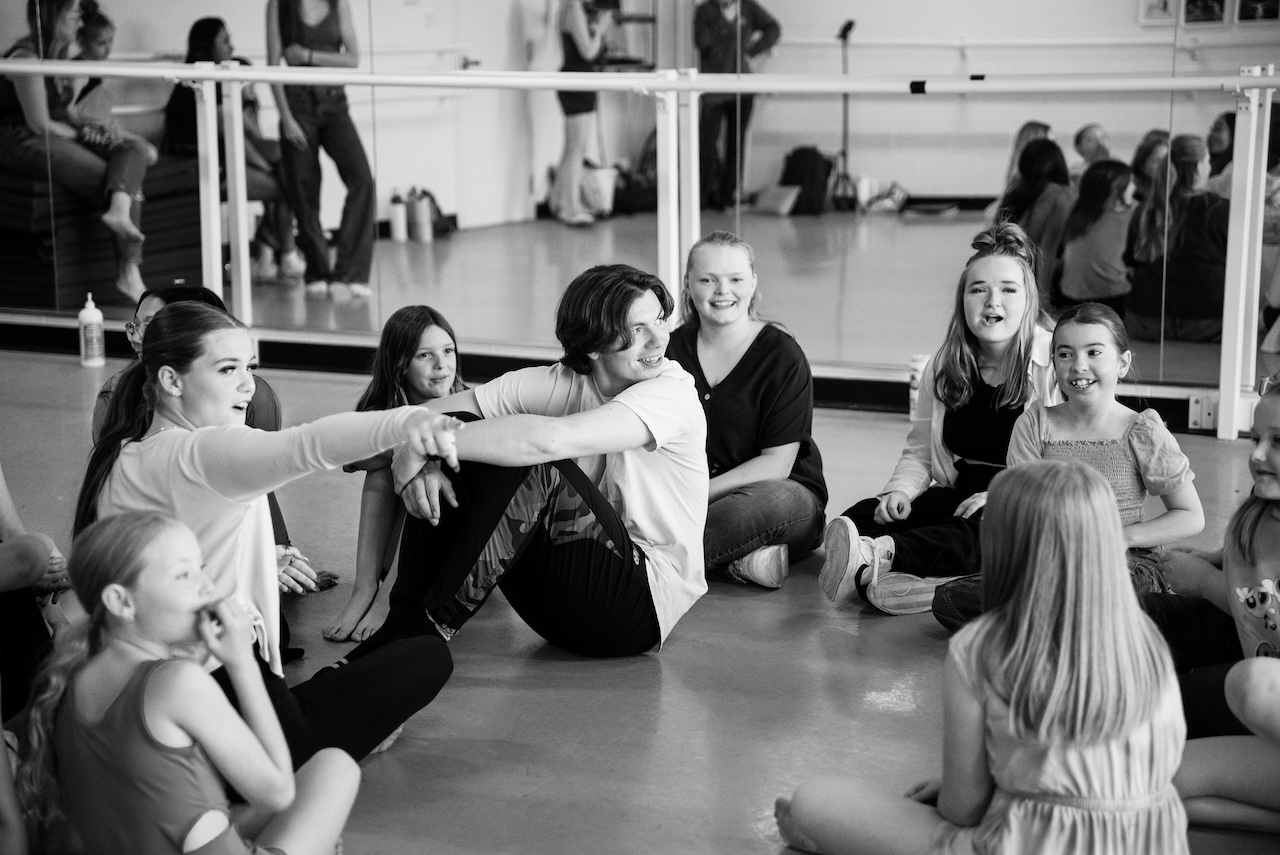The Power of Follow-through
According to the calendar, and sometimes the weather, spring has sprung! As it does every year, it makes us feel a bit antsy. We’re still recovering from the exhaustion of Daylight Savings Time’s “spring forward,” while getting energized by the prospect of sunshine and warmer weather.
We feel ready to move. At the same time, that leftover low energy from winter makes it hard to be fully committed to any task.
When we’re feeling this way. It can be way too easy to simply do the “exciting” part of our tasks and then move on to the next exciting thing. It’s hard to follow-through, but follow-through we must. Follow-through is good for our brains, our bodies, and our future tasks.
In dance, we’ve always talked a lot about follow-through in our steps. For every step, there is a preparation, an execution, and a finish (follow-through). Doing a move but then letting it flop over or rushing to the next step can be dangerous, especially when it comes to more difficult or technical steps and tricks. On top of that, a lack of follow-through can make the strongest dancers look weak and disorganized, which affects their performances.
It’s like breaking ground to build a bridge, then giving up as soon as the foundation is poured—you’re missing the rest of the parts that make the bridge work. It doesn’t take away all of the preparation and hard work you’ve already done, but it hasn’t brought you to where you want to go.
Research has shown that, when we quit or don’t finish something that we started, the neural circuitry can look a lot like that unfinished bridge. Scientists can track the firing of the neurons both when tasks are completed and when they are abandoned, and there is a significant difference in that neural structure. They have also found that due to this structural change or lack of connection when you abandon your tasks, it can make it harder to complete tasks in the future.
There is a fun structure in your brain that you can actually grow by following through and completing your current goal—especially if you truly don’t feel like it. The anterior mid-cingulate cortex has been referred to as the seat of willpower. This part of our brains tends to be largest in people who train in physical activities, such as dance. The preparation and finishing surrounding the exciting parts of any move and the commitment that it requires to finish off a season or a session of these activities when our energy feels unfocussed all contribute to the growth of that anterior mid-cingulate cortex.
So, as you do that tendu exercise “one more time” and you’re forcing yourself to show a beautiful, reaching landing after your aerial, just know that you’re setting your brain up for success. You’re helping your brain make the connections and growth to make your future brighter—and of course, you’re becoming a stronger dancer and a more engaging performer.
Happy spring, everyone. Here’s to growing anterior mid-cingulate cortexes in happy, active kids who thrive.

